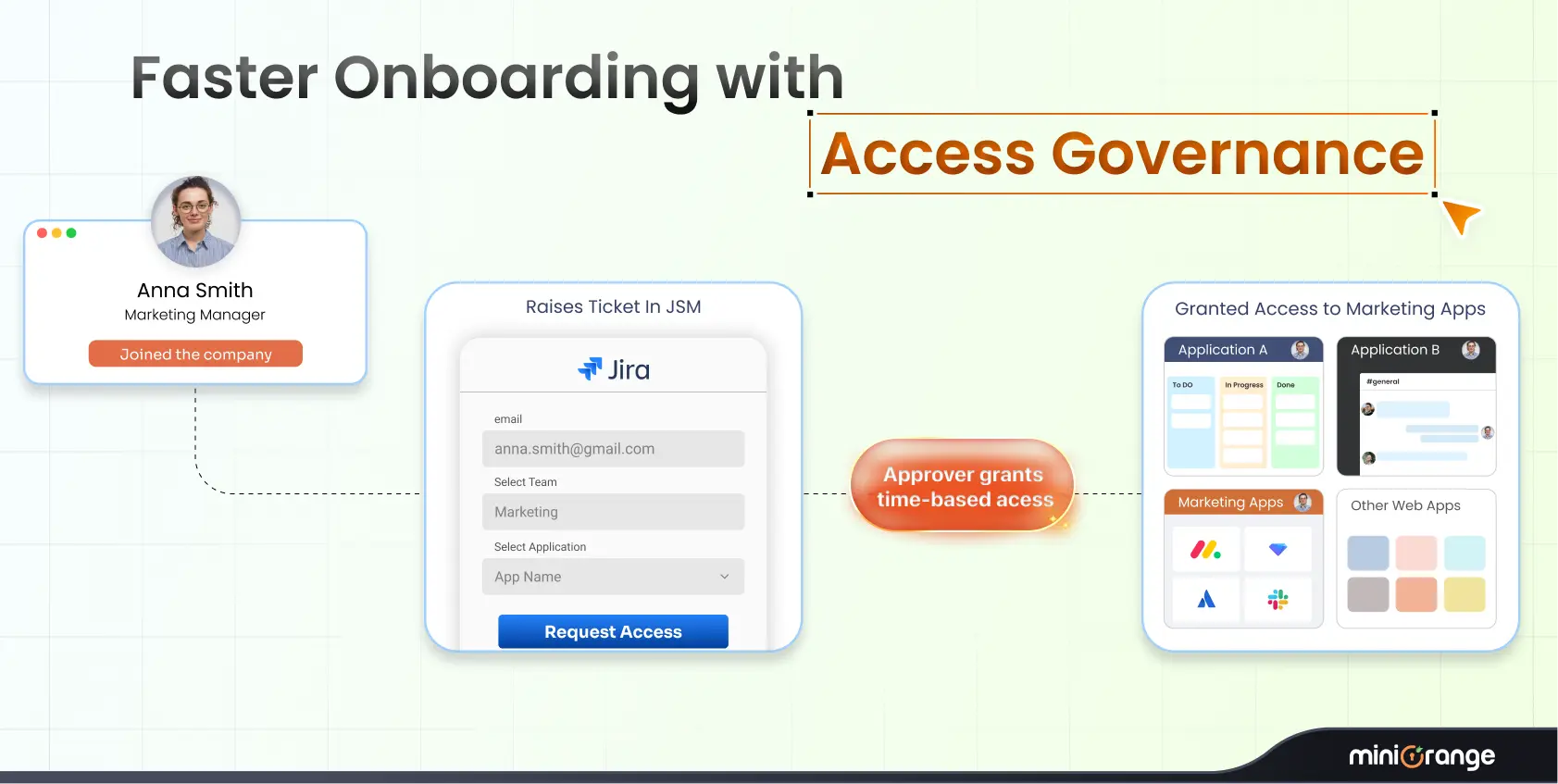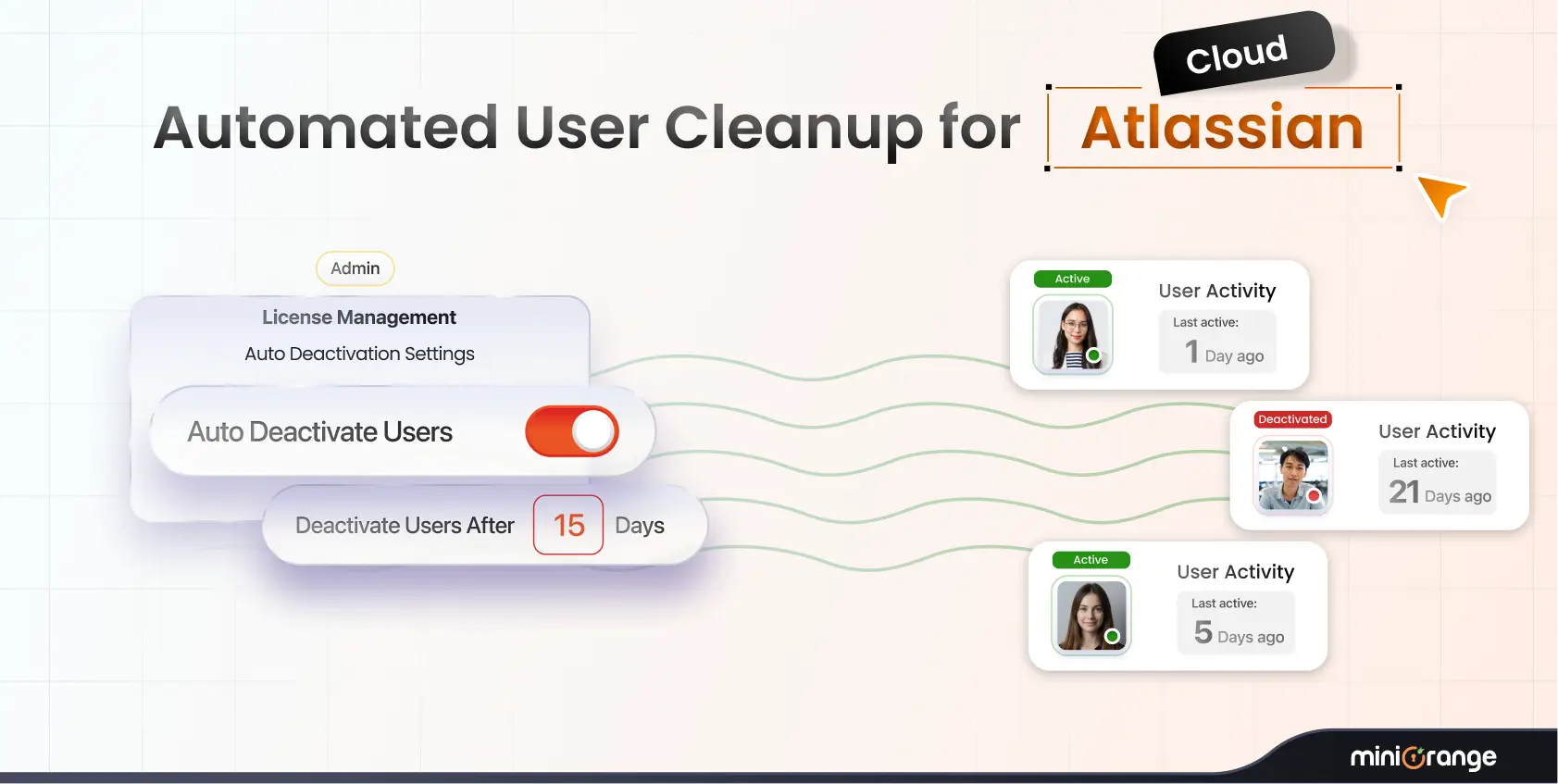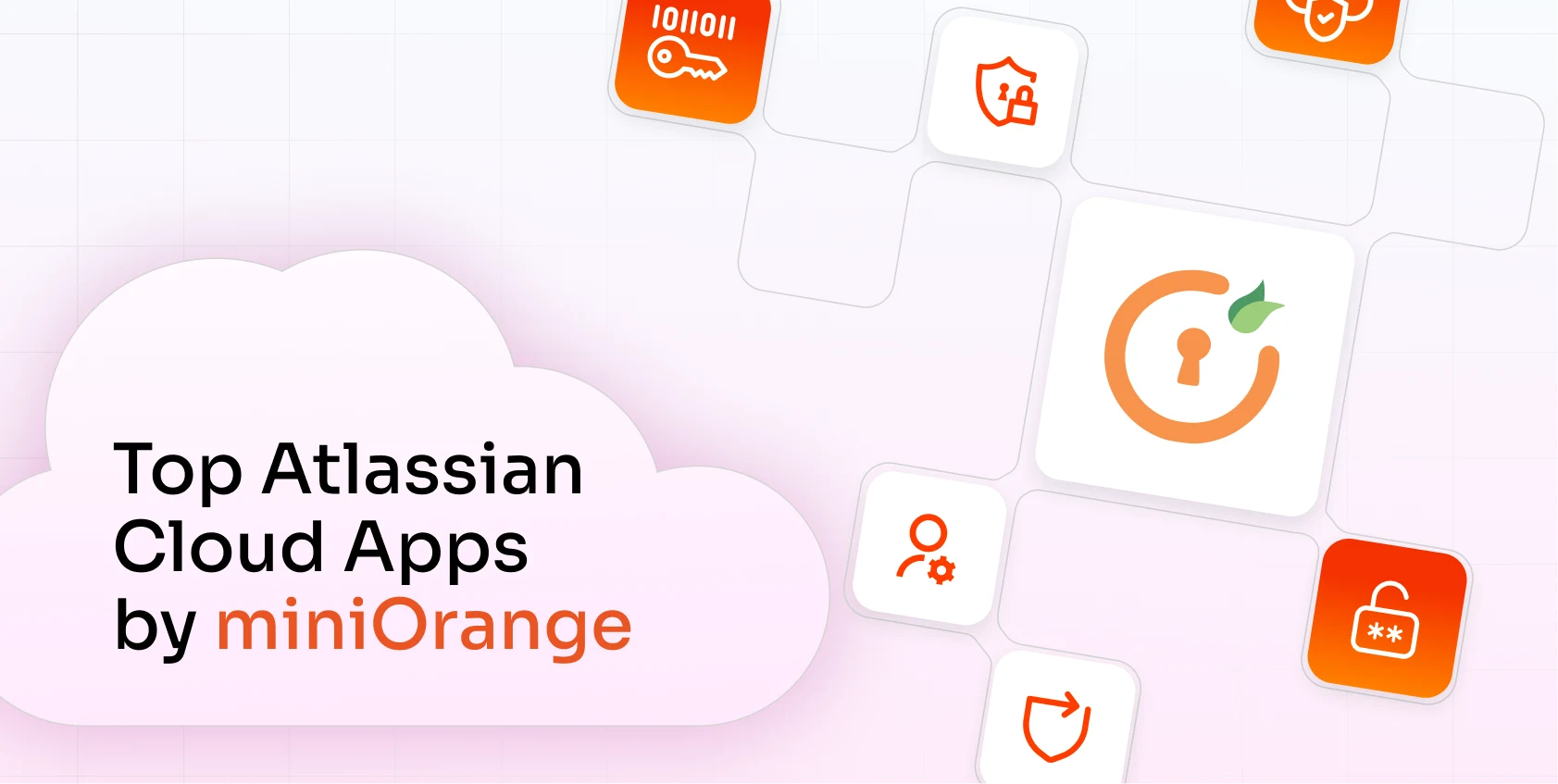The Business Challenge - Disjointed Access Experience
Many enterprises use Crowd as their source of truth for user directories and group permissions. However, IT admins frequently face the problem of having a single place to manage access and having the users successfully authenticated via their external IdP. Managing logins and permissions separately is a nightmare.
This results in:
- Multiple authentication prompts for different applications.
- Inconsistent login experiences across Atlassian tools.
- Higher workload for admins managing users and groups in multiple systems.
- Difficulty enforcing modern authentication policies across all tools.
Our Solution - Bridging Authentication & Permission Management
miniOrange addresses this challenge with a combination of our Crowd SAML SSO Plugin and Crowd SSO Connectors for each Atlassian application.
How it works
1. Crowd SAML SSO Plugin
Turns Crowd into a SAML Service Provider, enabling integration with any SAML-compliant IdP (Azure AD, Okta, Ping, ADFS, OneLogin, Google Workspace, etc.).
2. Crowd SSO Connectors
Extend authenticated sessions from Crowd to all connected Atlassian applications - Jira, Confluence, Bitbucket, Bamboo, no repeated logins needed.
Authentication Flow with miniOrange
- Users access an Atlassian application (e.g., Jira).
- The application invokes SSO via the Crowd SSO Connector.
- Crowd SAML Plugin redirects the user to the central IdP for authentication.
- Once authenticated, the IdP sends the SAML response back to Crowd.
- Crowd validates the response, creates the user session, and redirects them to the requested application.
- Access is granted based on the groups and permissions already configured in Crowd.
All of the redirection processes from Jira to Crowd, then from Crowd back to Jira, and even after the authentication process to the correct Atlassian application are extremely seamless, taking less than 2 to 3 seconds in total. This ensures that users experience minimal delay and a smooth login flow without unnecessary interruptions.
Crowd SSO Plugin and its Connectors:
- Crowd SAML SSO plugin
- SSO Connectors for Crowd and JIRA
- SSO Connectors for Crowd and Confluence
- SSO Connectors for Crowd and Bitbucket
- SSO Connectors for Crowd and Bamboo
- SSO Connectors for Crowd and Fisheye
Key Benefits
- Single SAML Configuration for all Atlassian applications — no need to configure each tool individually.
- Centralized Authentication via your IdP while keeping Crowd as the permissions hub.
- Unified User Experience — one login grants access to all connected apps.
- Enhanced Security — easily enforce MFA or other policies at the IdP level.
- Support for Leading IdPs — Azure AD, Okta, ADFS, Ping, OneLogin, Google Workspace, and more.
Why This Matters
This approach future-proofs your authentication strategy:
- Crowd stays in control of permissions.
- Your IdP becomes the single source for authentication.
- End users get a frictionless experience.
- Admins spend less time managing scattered login systems.
If your organization is struggling with fragmented authentication across Atlassian applications connected to Crowd, miniOrange can help you achieve the best of both worlds centralized login and decentralized permission management.
Frequently Asked Questions (FAQs)
1. Can I still use Crowd for group and permission management if I implement miniOrange SSO?
Yes. miniOrange integrates seamlessly with Crowd, allowing you to retain Crowd for permission management while centralizing authentication via your Identity Provider (IdP).
2. Does miniOrange support my existing Identity Provider?
Yes. miniOrange supports popular IdPs like Okta, Azure AD, Ping Identity, Keycloak, ADFS, and more, as well as custom SAML, OAuth, and OpenID Connect providers.
3. How fast is the login process with miniOrange SSO?
The authentication and redirection process is seamless and typically takes less than 2–3 seconds, even with multi-step redirections between Crowd and Atlassian applications.
4. Is this solution available on the Atlassian Marketplace?
Yes. miniOrange’s Crowd SAML SSO and Connectors are available on the Atlassian Marketplace for Data Center instances.
5. Can we connect non-Atlassian applications whose permissions are managed in Crowd?
Yes. We currently offer connectors for Jenkins, SonarQube, and Nexus. If you wish to connect any other application, let us know—we can help you set it up.
Conclusion
Centralizing authentication in a multi-application Atlassian Data Center environment doesn’t have to be complex. With miniOrange’s Crowd SAML SSO and Connectors, you can retain the benefits of Atlassian Crowd for permission management while delivering a fast, seamless, and secure login experience across all your Atlassian tools. This unified approach not only enhances security but also streamlines access for users, helping large enterprises work smarter, not harder.
Want to learn more? Drop us a mail at info@xecurify.com or raise a support ticket here to discuss your requirements or see a live demo.




Leave a Comment